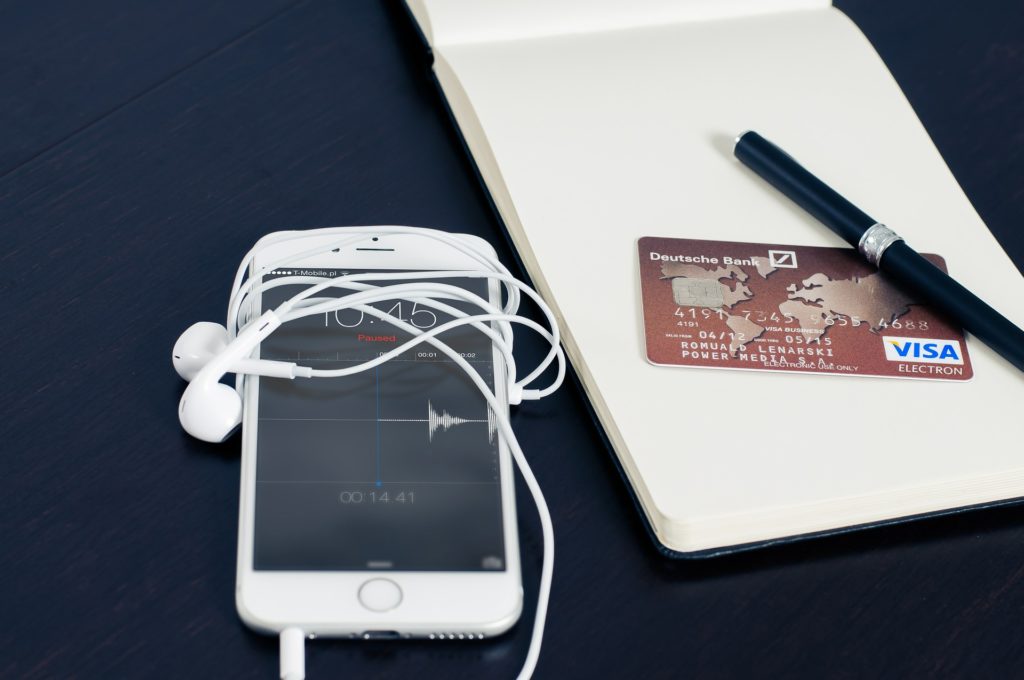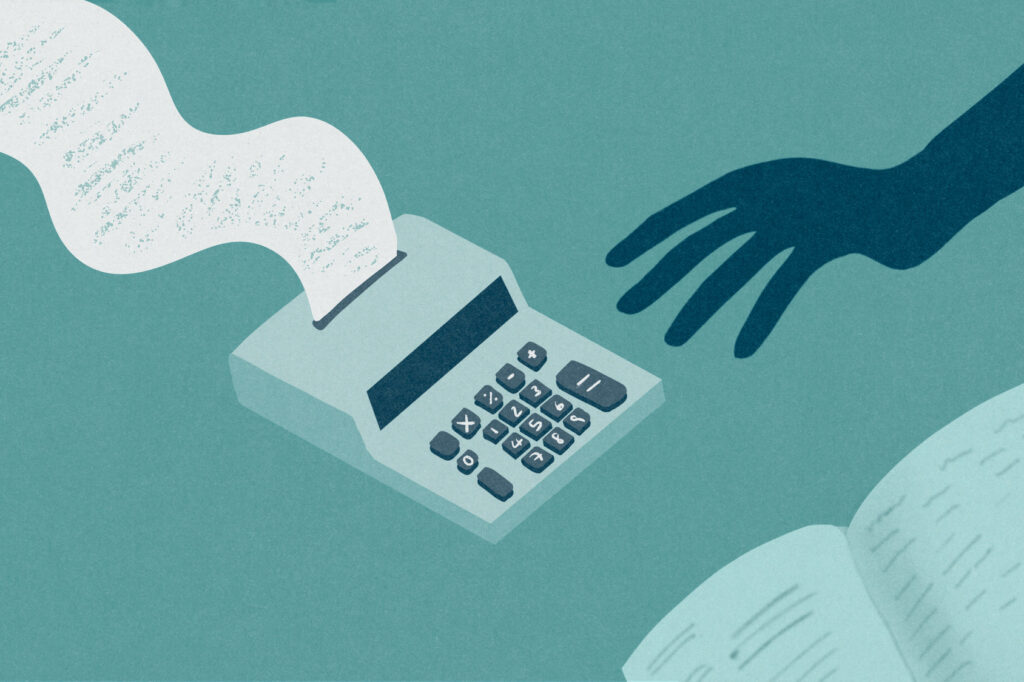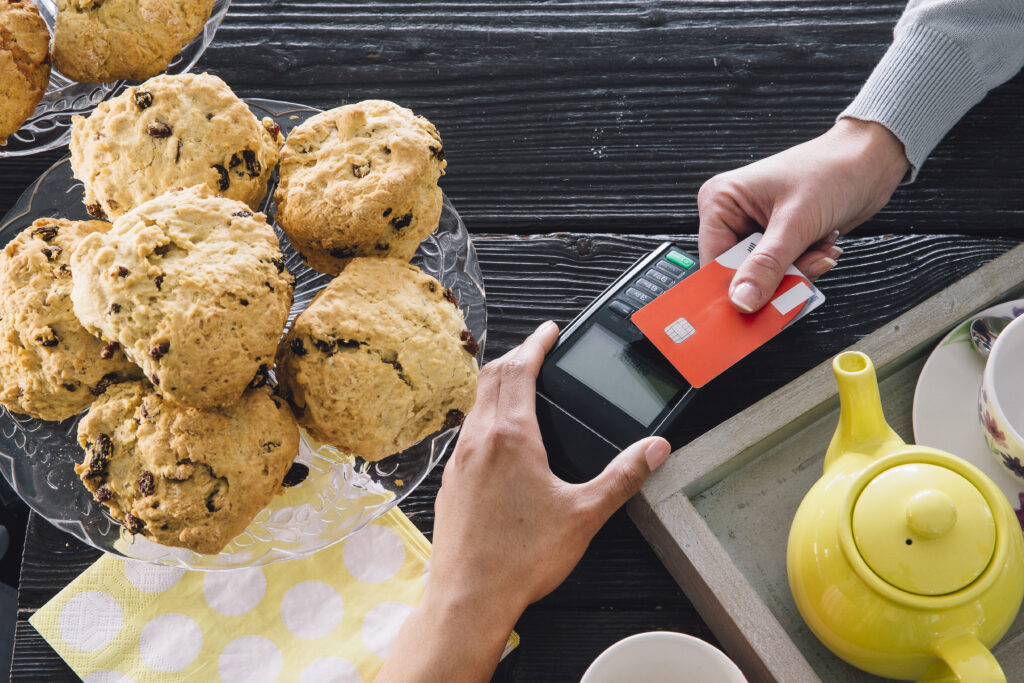If you need to transfer money overseas – you’re not alone! In 2016, Australians transferred over $8 billion overseas, according to the World Bank. Sending money overseas can be expensive because there are so many different parties involved. You may want to transfer or receive money from family, friends, or for shopping. Costs will vary depending on how quickly you need the transfer, what the purpose is, the countries involved, how much you’re transferring, and how you are paying for it.
There are a lot of businesses you can use to transfer money, each with their own advantages and disadvantages. The costs are a combination of fees and the exchange rate. The benefits of a good exchange rate can be lost by having a high fee, or the benefits of a low fee can be diminished by having a bad exchange rate. Transferring money is a lot easier now with online services, offered by banks and other businesses, and the right choices may save you money. The information below is an indication only and it is best that you check the product disclosure documents for up to date information.
Banks
One of the ways to transfer money overseas is through a bank. While transferring overseas drafts (cheques) through a bank is secure and safe, it can be expensive. The cost will vary from bank to bank but they are typically between $15 and $20. Transferring money through a bank can sometimes take some time, as while some of the transfers take place online, others will be sent through the mail.
Western Union
Western Union exists both online and at physical locations. This makes it easier to collect and/or send funds overseas, as you can deposit and receive money online or at a Western Union agent location. When sending to another bank account, the transfer usually takes 2 – 3 days. When sending to an agent location, the transfer takes minutes. Western Union’s fees vary depending on the amount you are sending and where you are sending it to. For example, if you are sending to a bank account, and the amount is below $200, the fee is $5. For amounts between $200 – $1000, the fee is $10, and above $1000 the fee is $15.
PayPal
PayPal has come to be perhaps the most well-known money transferring system. Many people are already familiar with it, so the person you are sending money to might already have an account. It’s easy to transfer money using PayPal, and there are no setup fees. As it is an online transfer, it usually takes 24 hours. PayPal’s fees, however, are not as low as its setup fees. PayPal charges a currency conversion fee which is different depending on the country you are sending to, and whether you are sending to another PayPal account. For example, to the United States or Canada, the fee is 3.5% above the exchange rate. To everywhere else, it’s 4% above the exchange rate. If you’re sending money within PayPal to any currency, it’s 2.5% above the exchange rate. Other fees also apply when you’re sending or receiving funds from overseas. When you or your sender is using PayPal or a linked bank account, you’ll have to pay 0.5% – 3.3% of the amount sent, depending on the country. If you’re using a credit or debit card, the fee is up to 7.4%, plus another fixed fee.
TransferWise
TransferWise supports money transfer in almost every country and supports many currencies that aren’t available with other transfer companies. It’s easy to use, and easy to sign up for. Transferring money using TransferWise can take 1 – 4 days, which can be slightly longer than other companies. TransferWise makes up for this with their inexpensive fees. Although it can change from country to country, the fee is usually 0.5% of the amount sent, with a $2 minimum fee.





